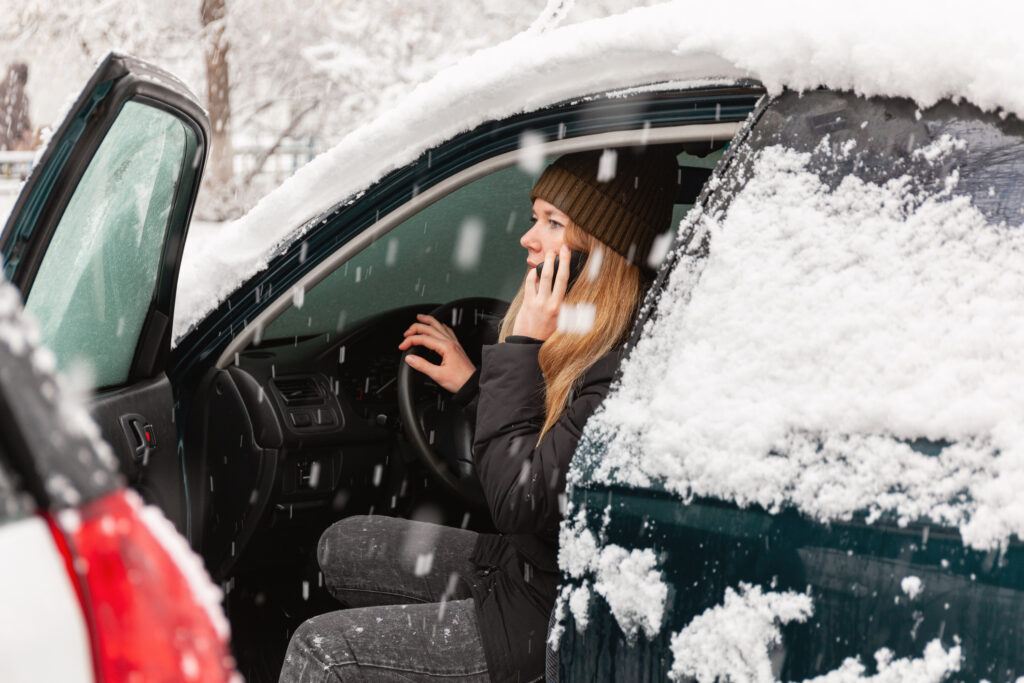
How Weather Conditions Impact Car Accident Claims in Idaho
Idaho’s weather is as diverse as its beautiful landscapes. Throughout the year, rainy springs, snowy winters, and unpredictable conditions can make driving a challenge. Naturally, this also increases the likelihood of car accidents, trucking accidents, motorcycle accidents, slip and falls, and other personal injuries. While weather plays a role in these accidents, it doesn’t mean it’s the only factor at play. If you’ve been involved in a weather-related crash, understanding how weather impacts car accident claims in Idaho is essential to protect your rights.
Common Weather-Related Hazards in Idaho
Idaho’s seasonal shifts, including the following listed below, create a variety of road hazards that can lead to accidents.
- Fog: Heavy fog impairs visibility, which makes it difficult for drivers to see vehicles, road signs, or potential hazards ahead.
- Rain and wet roads: Rain reduces tire traction, increasing the risk of hydroplaning and making it harder to stop quickly. Reduced visibility also plays a role in wet-weather accidents.
- Windy conditions: High winds can create debris hazards and make it harder to maintain control of a vehicle, especially for larger vehicles like trucks.
- Winter weather: Snow and ice can cause vehicles to skid or spin out of control, while black ice is particularly dangerous because it’s nearly invisible to drivers.
How Weather Affects Fault in a Car Accident Case
While adverse weather conditions can contribute to accidents, they rarely absolve drivers of responsibility. Instead, liability often depends on how drivers respond to these conditions.
Idaho law requires drivers to adjust their behavior to the conditions. For instance, driving at the posted speed limit during a snowstorm might still be considered negligent if it’s unsafe for the road conditions. Other factors, like failing to use headlights in fog or driving too closely to other cars in wet weather, can also lead to liability.
What’s important to keep in mind is Idaho follows a comparative negligence system, which means fault can be shared among multiple parties. If both drivers and weather conditions contribute to an accident, the court or insurance company will determine each party’s percentage of fault. Drivers who are less than 50% at fault can still recover compensation, but it will be reduced by their share of the fault.
Gathering Evidence for Weather-Related Car Accidents
When filing a claim, the key is proving negligence despite adverse weather conditions. The following evidence may play a critical role in demonstrating fault.
- Police reports: Police documentation often includes details about road conditions and contributing factors like speeding or improper driving.
- Photographic evidence: Photos of the accident scene can show the weather’s impact — icy roads, wet pavement, obscured visibility, and so on. This evidence helps establish the environment at the time of the crash.
- Witness statements: Witnesses can corroborate claims of reckless or unsafe driving behavior despite poor weather conditions.

Challenges with Weather-Related Insurance Claims
Insurance companies often attempt to minimize payouts in weather-related insurance claims by placing blame on the weather itself rather than the at-fault driver. They may argue that no one was at fault or try to shift blame onto the injured party.
This is where hiring a personal injury attorney is critical. A skilled car accident attorney can gather evidence, counter insurance company arguments, and demonstrate that driver negligence — not just weather conditions — caused the accident. Their experience ensures you get fair compensation, even in complex cases.
Preventative Measures for Drivers in Weather Conditions
While accidents can’t always be avoided, safe driving in adverse weather conditions can reduce risks and strengthen your position if an accident occurs. Here are some tips:
- Drive below the speed limit during snow, rain, or fog
- Maintain a greater following distance to allow for longer stopping times
- Use appropriate tires or chains in winter conditions
- Ensure your vehicle is well-maintained, with working wipers, lights, and brakes
Following these preventative measures will not only increase your safety, but can make a big difference if you ever end up in a car accident. Demonstrating that you were driving safely despite poor weather can help your claim and reduce the likelihood of shared fault.
Protecting Your Rights Year Round
Weather conditions often complicate car accident claims, but they don’t determine fault. In Idaho, drivers are expected to adapt to road conditions, and negligence plays a key role in determining liability. If you’ve been involved in a weather-related car accident, understanding your rights and gathering the right evidence is critical to receive your full compensation.
At Jane Gordon Law, we specialize in helping Idaho residents navigate the complexities of car accident claims. If you’ve been injured in a weather-related accident, don’t let the insurance company blame the weather — contact us today for a free consultation.

